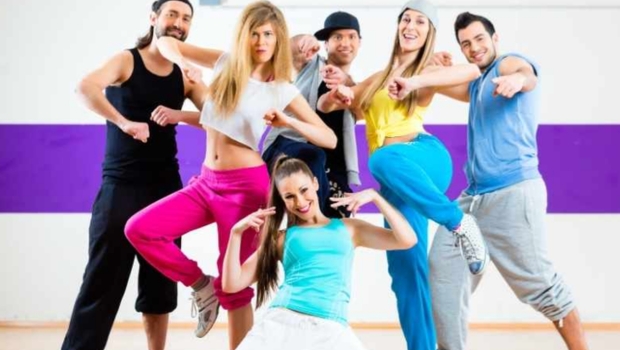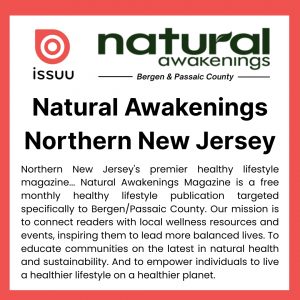Footloose Fitness: The Joys and Benefits of Dance Classes
Getting fit offers many health benefits, including stress management and better cardiovascular health, but stepping into a dance class can also increase levels of feel-good neurotransmitters that reduce pain and boost mood. From fusion dance to ballroom and hip hop, today’s studios provide plenty of diversity in their class offerings; a welcoming, non-judgmental approach; and encouragement for all ages to try something new.
“These days, there are many entries into dance that are non-performance-based—dancing just for the joy of it, to feel the endorphin rush that happens when moving your body to music,” says Jessica Gleason, founder and lead instructor of Seattle Dance Fitness, in Shoreline, Washington. Aside from the perks of better balance and a stronger, more supple body, dancing can help us build solid social bonds, too. “Step into a dance fitness class at a gym, studio or community center, and you will definitely meet new people, foster relationships and feel like you’re a part of a bigger community, all things that are positive for your mental health and well-being,” Gleason adds.
Kelly Peckholdt, owner and director of Positions Dance Studio in Babylon, New York, champions the “emotional regulation due to the release of serotonin when you are dancing. I personally always feel so much better after a dance class.” She reminds us that we do not need to be born with a talent to boogie. “A lot of people believe that they must be flexible or have good balance in order to try a dance class, but we dance so that we can gain those benefits. Moving your body is for anyone at any age and any shape or size.”
Benefits Abound
Taking up joyful swing or invigorating salsa can not only support muscle and joint health, but also get us to a healthier weight. A 2015 study led by Dr. Nick Smeeton, a UK lecturer at the University of Brighton Department of Sport and Exercise Science, revealed that many dance styles, including ballroom, ballet and contemporary, can burn more calories than running, cycling or swimming. The research team, which measured key biomarkers in adult dancers, found that up to 600 calories could be burned in one hour.
A 2017 meta-analysis of 18 studies involving ballroom, contemporary, jazz, and cultural dance forms, published in Alternative Therapies in Health and Medicine, found significant improvement in stamina, muscular strength and balance in older adults, as well as improved psychological well-being. According to the Bone Health & Osteoporosis Foundation, dance can be a boon to the skeletal system. The brain is also positively impacted by doing a little cha-cha or line dancing. Research published in 2017 in Frontiers in Aging Neuroscience reports improved cerebral white matter—the part of the brain that governs thought processing and speed—through folk dancing.
Dance Class Options
“There is so much more to dance than classical ballet,” Peckholdt says. “I think that ballet, tap and jazz are very manageable for older adults, in perhaps a beginner-level class.”
Gleason recommends four branded modalities that are popular these days. Zumba, a cardio workout with Latin-inspired dance moves; Jazzercise, a high-intensity workout that blends dance with Pilates, yoga, kickboxing and strength training; REFIT, a dance class that incorporates emotionally uplifting and community-building components to keep students motivated; and WERQ, a cardio-dance workout that incorporates trending pop and hip-hop music.
Toss Out Perfection
To find a class, Gleason suggests Googling “dance workout near me”. She also advises a healthy amount of patience when trying something new. “We always remind newcomers that it takes some time to learn the moves and that they aren’t supposed to look and move like the instructor. They are supposed to move and look like themselves.”
For some, taking the plunge and walking into a studio is the hardest part. Gleason inspires us when she says, “So many people tell me it took them forever to try a class because they were nervous about trying, but once they did, they wished they’d done so sooner.”
Kelly Mercedes is a narrative journalist and contributor to KnoWEwell and Natural Awakenings.





























